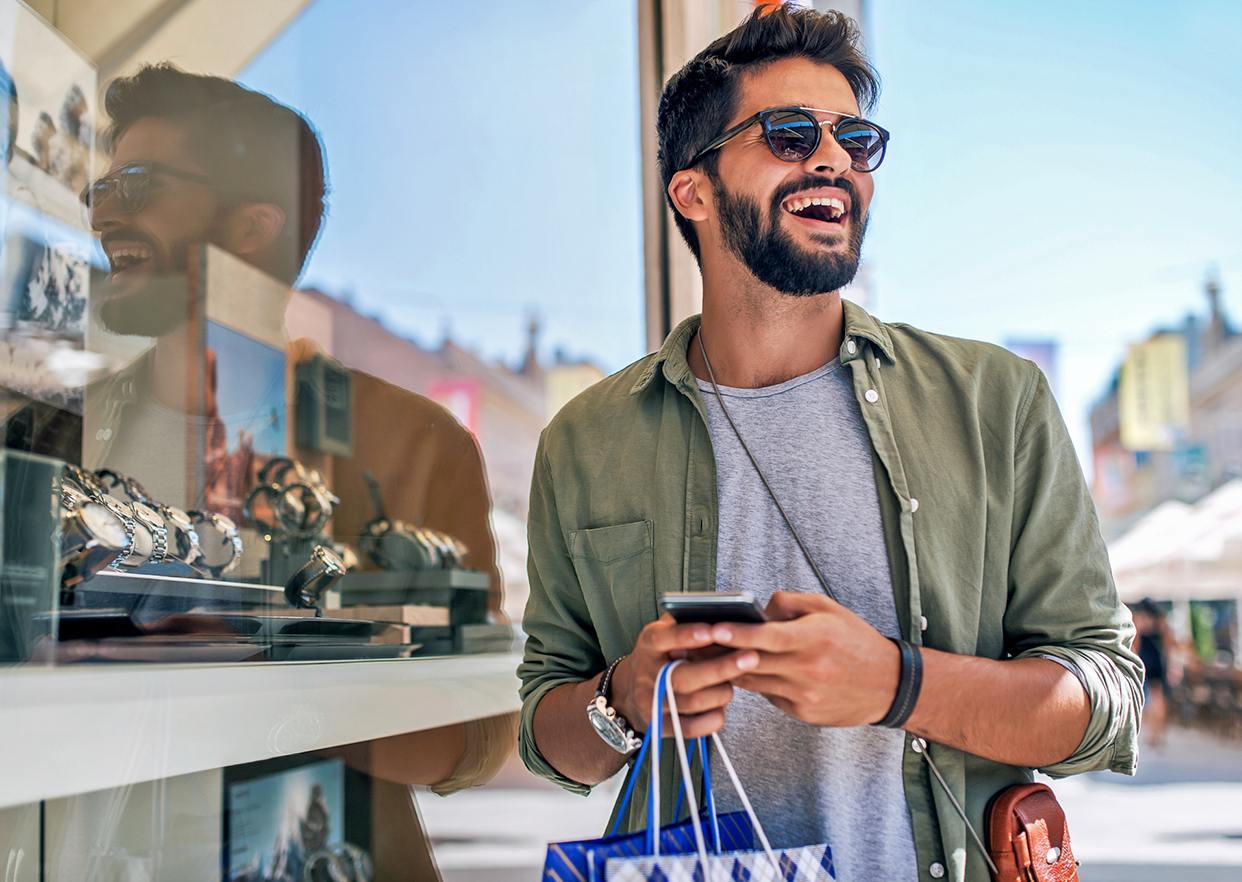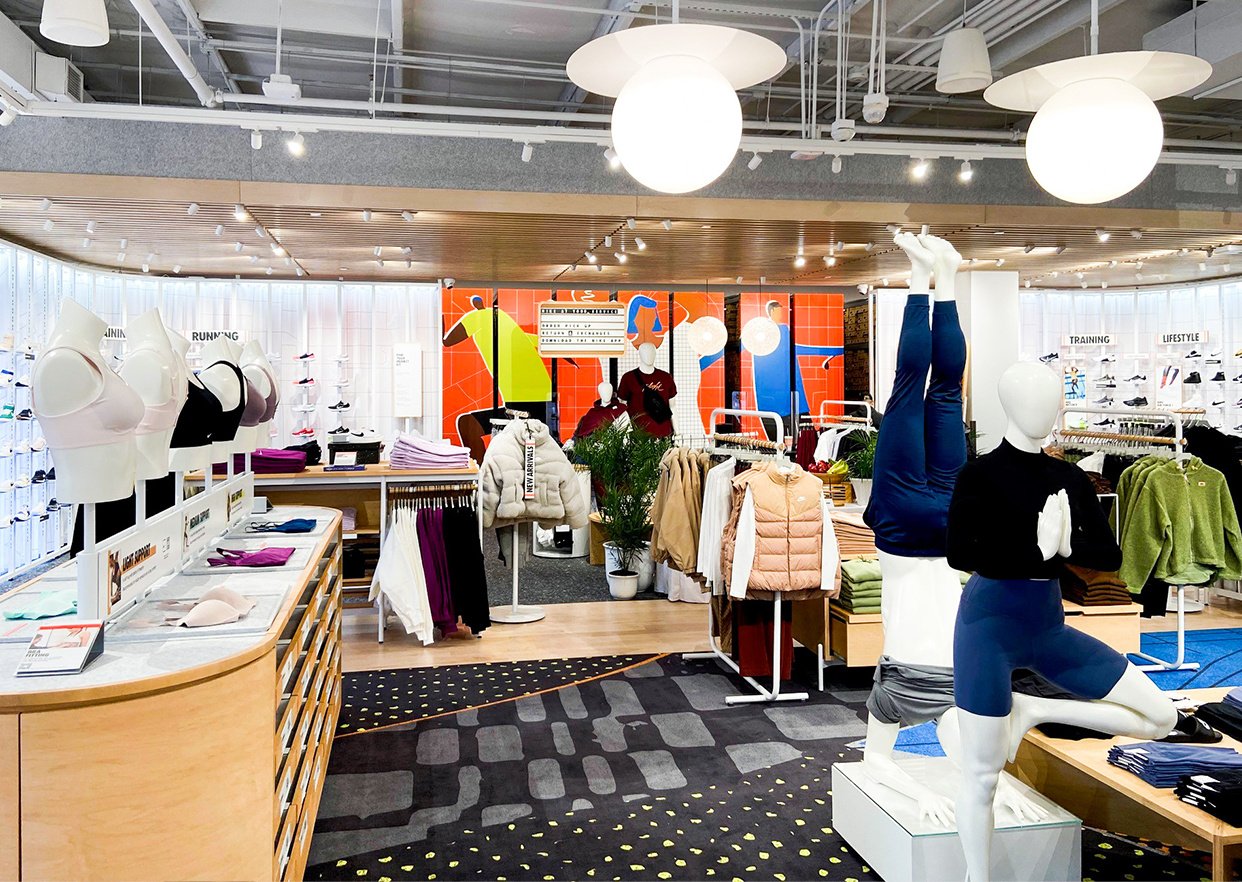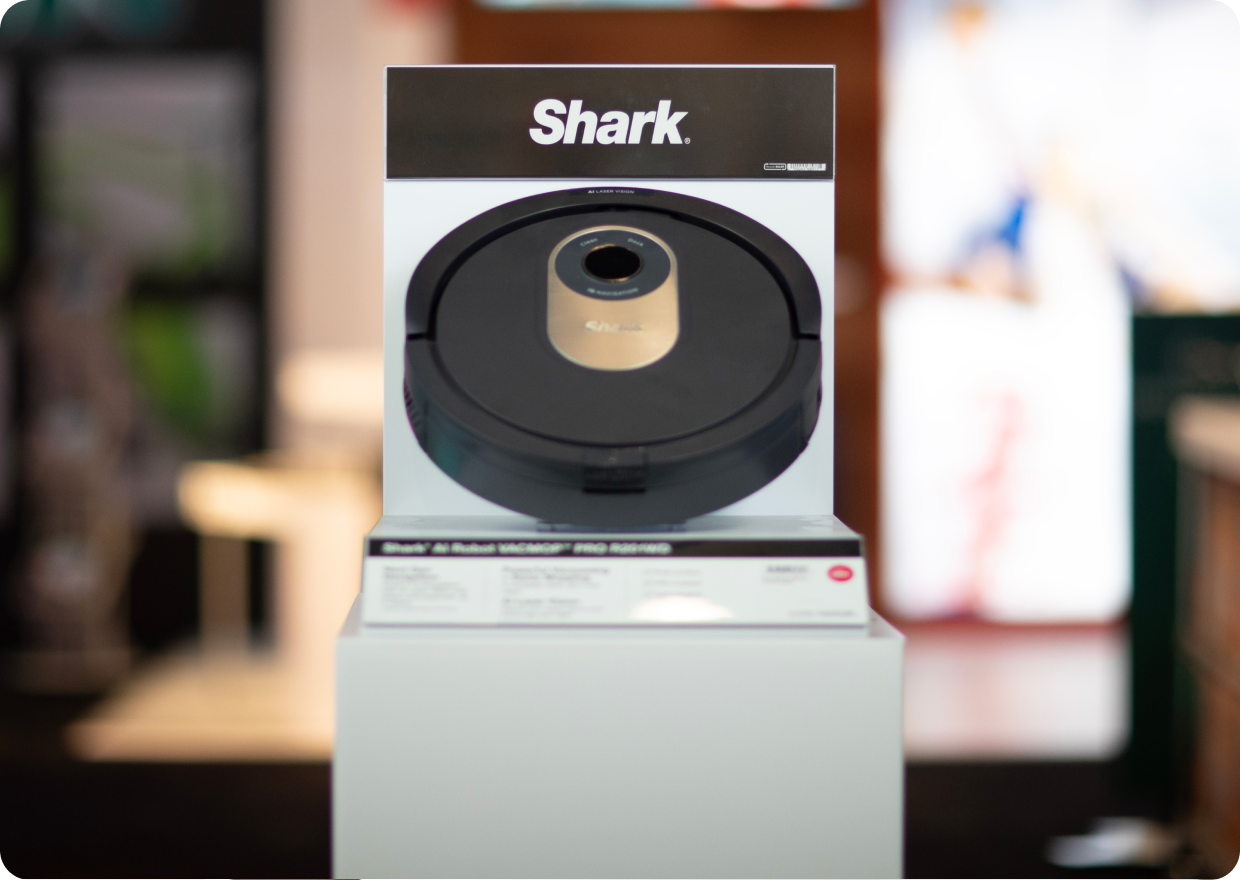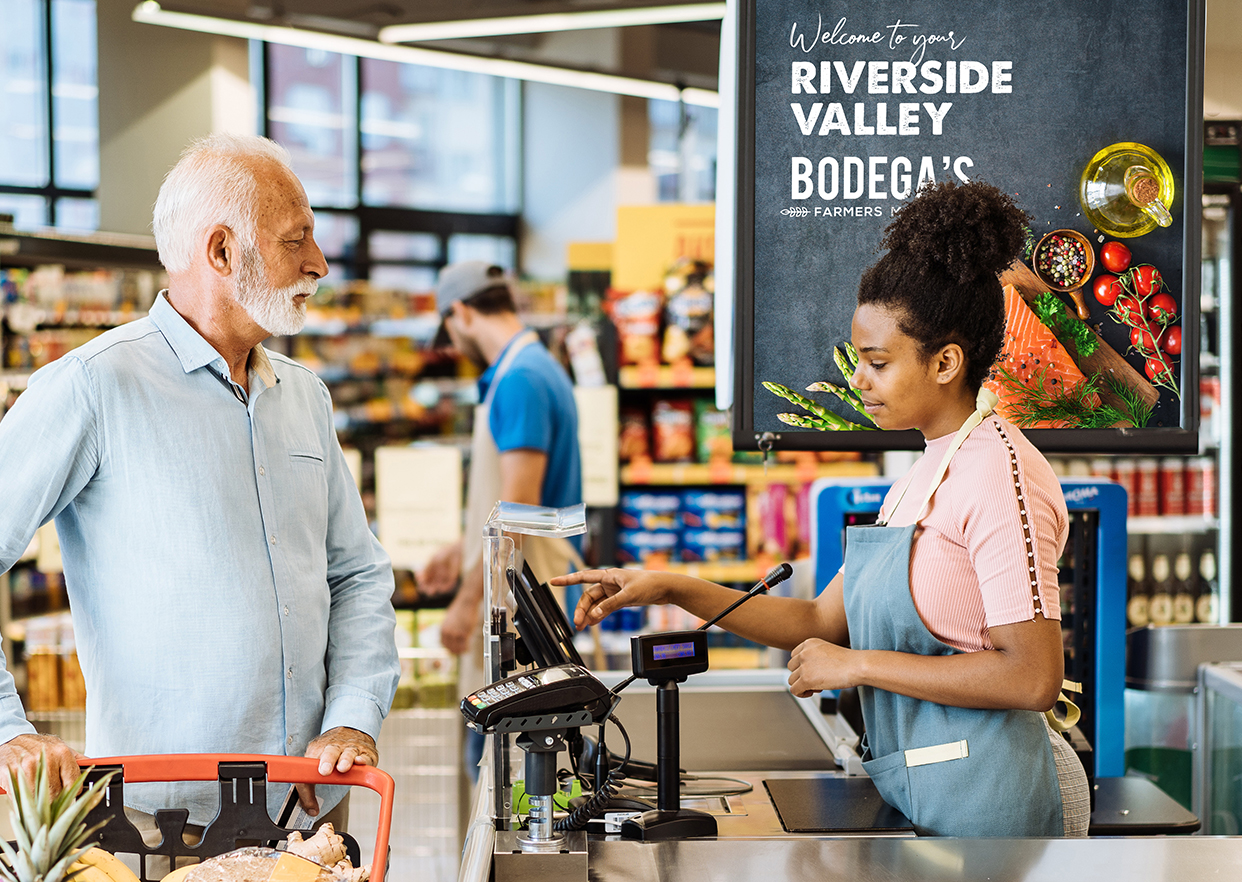Forbes magazine has defined retail merchandising strategy as the intersection of products, pricing, promotions and messaging in an in-store environment. All of these factors are focused on engaging the consumer and (hopefully) motivating them to make a purchase.
Historically speaking, retail marketing solutions have involved retail promotions and in-store marketing tactics that emphasize sameness to reduce costs for the retailer. However, as far back as 2015, Huffington Post declared the days of “spray and pray” retail marketing programs to be dead.
Today’s retail shoppers are looking for a different type of experience. Specifically, they crave custom merchandising that uses the power of data and segmentation to create a hyper personalized, hyperlocal marketing experience. In doing so, the retailer speaks to each shopper as both an individual and as a member of a distinct segment or affinity group.
Personalization and Localization Come to In-Store Marketing
The Power of Personalization
In their Next in Personalization 2021 Report, McKinsey & Company notes that personalization is a must-have for top-performing brands. Two findings are particularly startling:
- 71% of consumers now expect to have personalized interactions with brands.
- 76% of consumers admit to becoming frustrated when that expectation isn’t met.
McKinsey offers some examples of leading-edge personalization in retail promotions:
- A European grocery retailer has stopped offering discounts to shoppers who buy lunch at the store each day. Rather, such discounts are directed at users of the chain’s smartphone app who are walking past the store.
- Beauty-products retailer Sephora has built its marketing around a mobile app that invites loyal customers to book in-store makeovers and consultations. This merchandising technology also tracks the products used by Sephora’s makeup artist and even allows customers to “try on” products virtually.
- At Nike’s flagship retail store in New York, NikePlus members are treated to a special omnichannel experience that includes skip-the-register automated checkout. They also receive exclusive access to a locally tailored assortment of “NYC Favorites.”
According to McKinsey’s research, such personalized retail merchandising solutions are proven to drive improved business metrics. “Personalization at scale” is shown to deliver up to a 2% lift in total sales in the grocery segment and has an even greater impact in other retail categories. Meanwhile, personalized merchandising in retail reduces total marketing and sales costs by up to 20%.
How Localization Differs
Personalization and localization are often lumped together but they actually seek to do very different things. Personalization uses data to create marketing offers and retail promotions that are specific to the individual. Localization, on the other hand, is a retail merchandising strategy that looks at consumers as segments with common preferences and interests. For example:
- A regional grocery chain might have endcaps promoting a special offer on ice cream in its Florida stores and clam chowder at stores in Maine.
- A fashion retailer could feature signage and displays with photography shot in each store’s local market.
- Nike’s NYC Favorites assortment noted above is another localized retail promotion...store marketing tactics specially curated for shoppers of a certain physical store location.

Retail Campaign Management Made Easy
Taylor is a leading provider of marketing support to the retail industry. As you read this, we are creating powerful visual impressions for many of the nation’s leading retail brands. Signs, graphics and retail displays from Taylor deliver engaging retail experiences for shoppers in a wide range of settings.
However, a major point of difference for Taylor is the technology that we bring to the complex world retail sales display and merchandising. Taylor uses an innovative marketing campaign management tool that simplifies in-store marketing and visual merchandising for multi-location retailers.
- Artwork is no longer routed for approval via email. Instead, creative teams and marketers collaborate remotely, share feedback freely and approve design files centrally before anything goes to print.
- Once the marketing assets are created, each store receives exactly what they need and knows precisely which items to display at all times. Thestore experience is maximized for the customers in each location.
- The entire marketing campaign can then be audited at the click of a button, ensuring compliance with campaign specs across all store locations.
Thanks to this specialized marketing campaign planning software, Taylor is able to eliminate the waste that plagues most in-store retail marketing programs. We also make the personalized and localized store marketing strategies described above possible on a mass scale. This, in turn, drives a higher ROI for your brand on every marketing dollar spent.
Want to maximize the impact of your retail promotions and in-store marketing efforts? Contact Taylor To learn more about the retail campaign management software we use.










